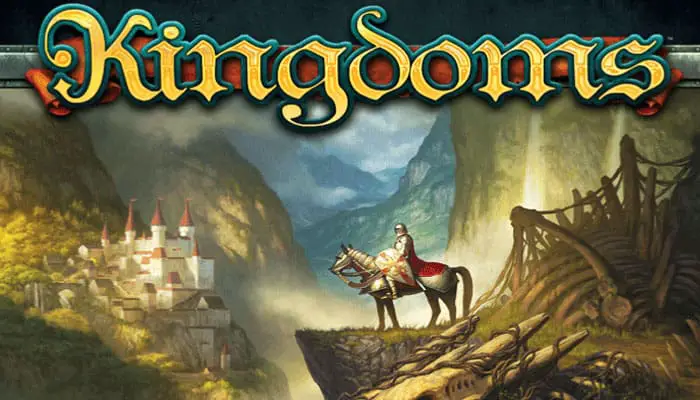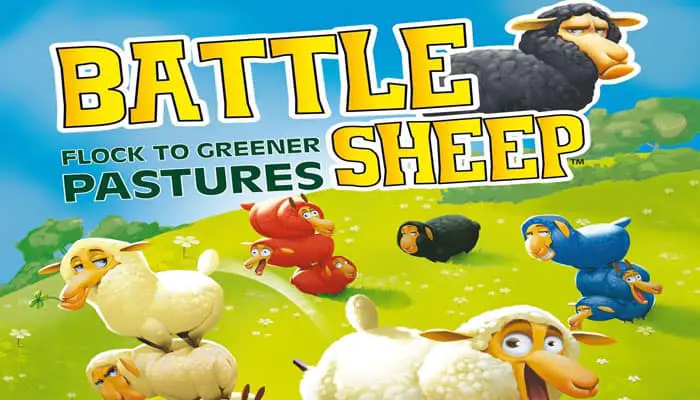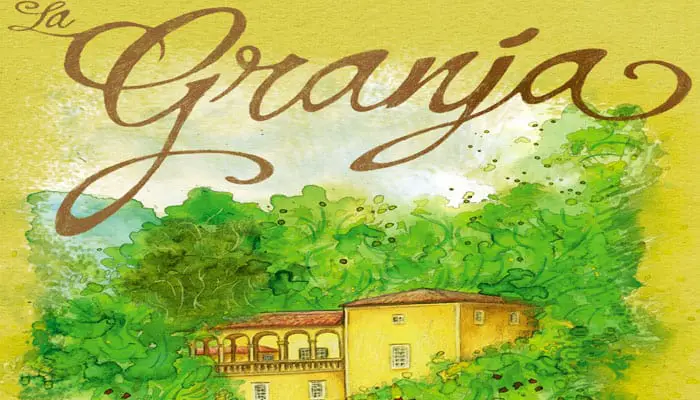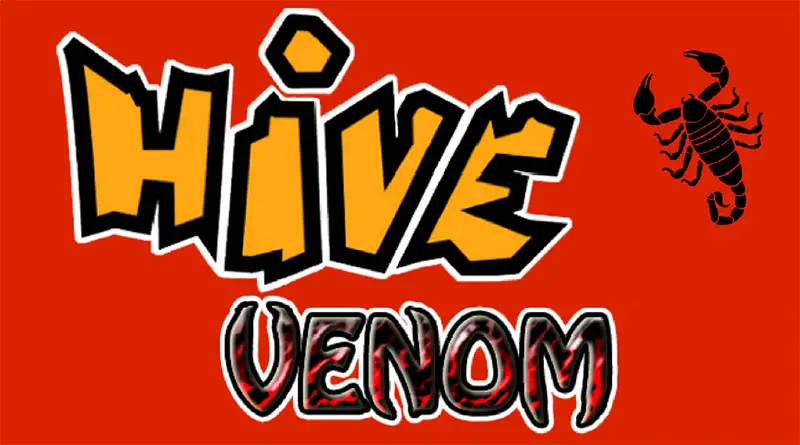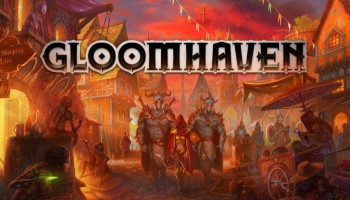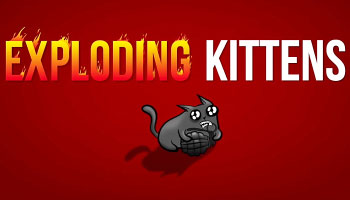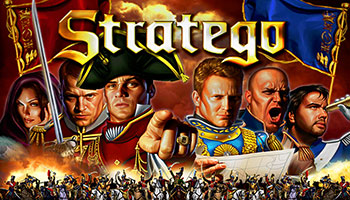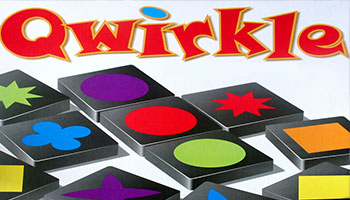
Manuel Da Maia (the Builder)

(1677 -1768) Manuel da Maia was the kingdom's master builder.
He had the responsibility of choosing, approving, and managing every new architectural project in the city.
He also chose the architects and engineering teams involved in the projects. He immediately recruited two chief architects to rebuild Lisboa:
Architect Eugénio dos Santos, who was the main architect behind downtown projects and the Praça do Comércio, one of the most important works of Lisboa.
Architect Carlos Mardel, who was also the main architect of Ribeira das Naus, used to build the Ships headed for Brazil, and is credited for the Rossio and many other city projects since. …




